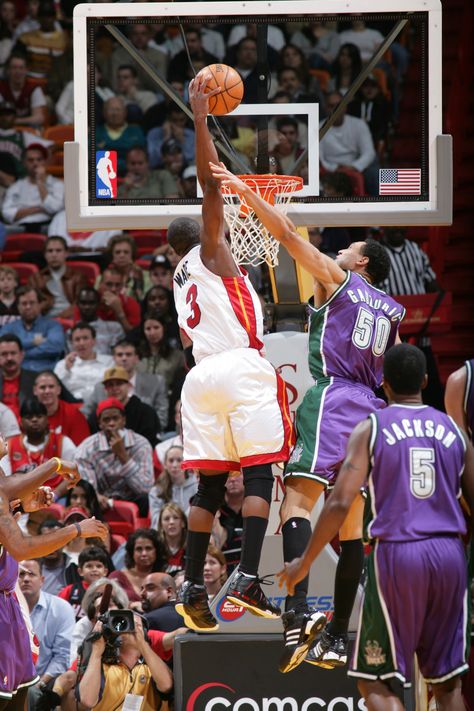How basketball works
Basketball Basics - The Rules, Concepts, Definitions, and Player Positions
The rules of basketball, thankfully, are fairly straightforward.
However, if youre coaching younger players, these rules can be easily forgotten once they take the floor.
The three-second rule (which well discuss later in this article) is just one of many great examples.
But before you can teach the rules to your team, you must know them yourself.
So keep reading, because by the end of this article, youll be up to speed on all the basketball rules so you can teach your players and help them develop throughout the season!
The Rules
Basketball is a team sport.
Two teams of five players each try to score by shooting a ball through a hoop elevated 10 feet above the ground.
The game is played on a rectangular floor called the court, and there is a hoop at each end.
The court is divided into two main sections by the mid-court line.
If the offensive team puts the ball into play behind the mid-court line, it has ten seconds to get the ball over the mid-court line.![]()
If it doesn't, then the defense gets the ball.
Once the offensive team gets the ball over the mid-court line, it can no longer have possession of the ball in the area behind the midcourt line.
If it does, the defense is awarded the ball.
Basketball Court 1The ball is moved down the court toward the basket by passing or dribbling. The team with the ball is called the offense. The team without the ball is called the defense.
The defense tries to steal the ball, contest shots, deflect passes, and garner rebounds.
Points
When a team makes a basket, they score two points and the ball goes to the other team.
If a basket, or field goal, is made outside of the three-point arc, then that basket is worth three points. A free throw is worth one point.
Free throws are awarded to a team according to some formats involving the number of fouls committed in a half and/or the type of foul committed.
Fouling a shooter always results in two or three free throws being awarded the shooter, depending upon where he was when he shot.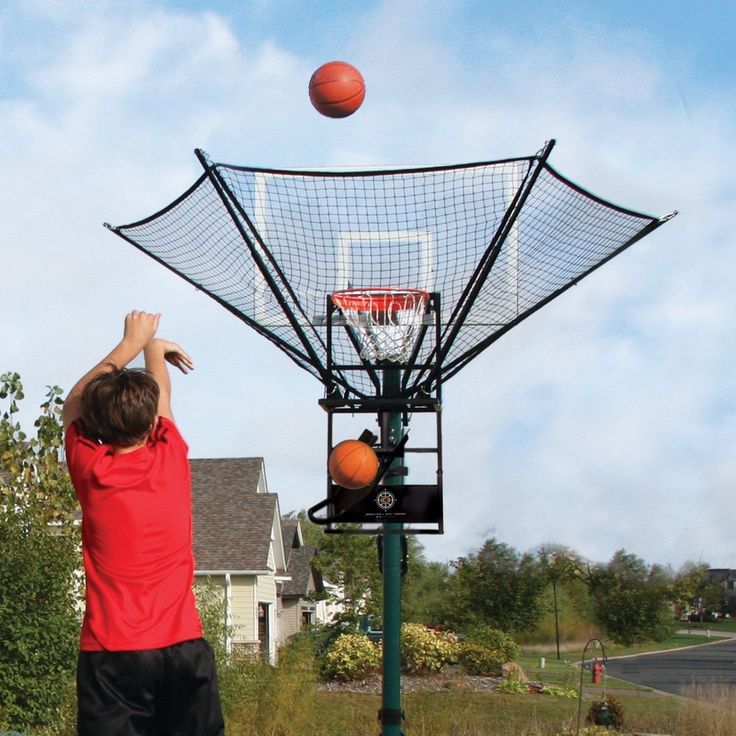 If he was beyond the three-point line, then he gets three shots.
If he was beyond the three-point line, then he gets three shots.
Other types of fouls do not result in free throws being awarded until a certain number have accumulated during a half (called team fouls).
Once that number is reached, then the player who was fouled is awarded a '1-and-1' opportunity. If he makes his first free throw, he gets to attempt a second. If he misses the first shot, the ball is live on the rebound.
Game Clock
Each game is divided into sections, and all levels have two halves.
In college, each half is twenty minutes long.
In high school and below, the halves are divided into eight (and sometimes, six) minute quarters. In the pros, quarters are twelve minutes long.
There is a gap of several minutes between halves. Gaps between quarters are relatively short.
If the score is tied at the end of regulation, then overtime periods of various lengths are played until a winner emerges.
Basket Assignment and Tip-Off
Also, each team is assigned a basket or goal to defend.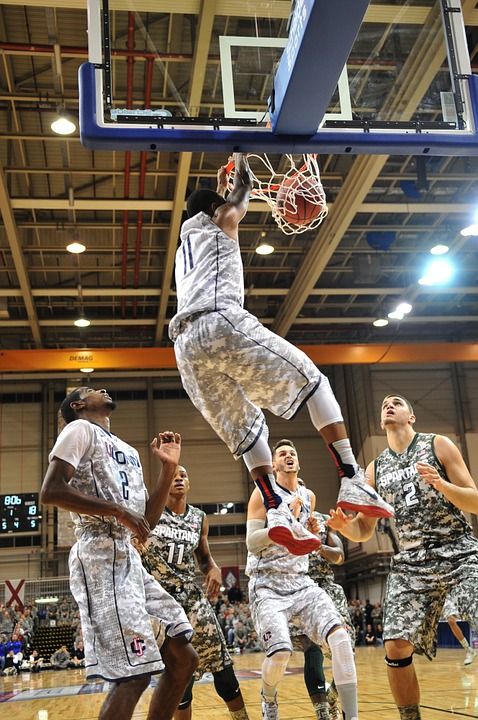
This means that the other basket is their scoring basket.
At halftime, the teams switch goals.
The game begins with one player from either team at center court.
A referee will toss the ball up between the two. The player that gets his hands on the ball will tip it to a teammate. This is called a tip-off.
(NOTE: Looking for a simple plan you can follow with your youth team? Or just some additional drills and plays to keep your players engaged and set them up for success? Check out our FREE 72 Winning Youth Drills and Plays eBooks to help your players develop AND have fun doing it.)
Fouls and Violations
In addition to stealing the ball from an opposing player, there are other ways for a team to get the ball.
One such way is if the other team commits a foul or violation.
FOULS
Recommended Resources for Youth Coaches
Coaching Youth Basketball Successfully
60+ Youth Basketball Drills
Simple Offense for Youth Basketball
Personal fouls: Personal fouls include any type of illegal physical contact.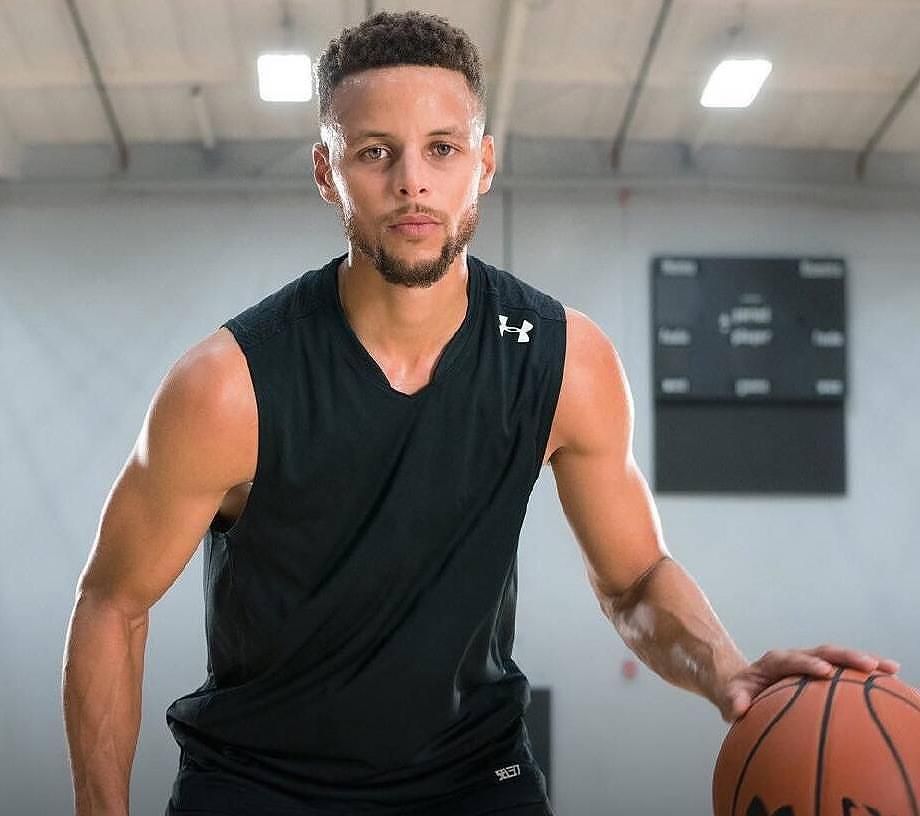
- Hitting
- Pushing
- Slapping
- Holding
- Illegal pick/screen -- when an offensive player is moving. When an offensive player sticks out a limb and makes physical contact with a defender in an attempt to block the path of the defender.
Personal foul penalties: If a player is shooting while a being fouled, then he gets two free throws
if his shot doesn't go in, but only one free throw if his shot does go in.
- Three free throws are awarded if the player is fouled while shooting for a three-point goal and they miss their shot. If a player is fouled while shooting a three-point shot and makes it anyway, he is awarded one free throw. Thus, he could score four points on the play.
- Inbounds. If fouled while not shooting, the ball is given to the team the foul was committed upon.
They get the ball at the nearest side or baseline, out of bounds, and have 5 seconds to pass the ball
onto the court.
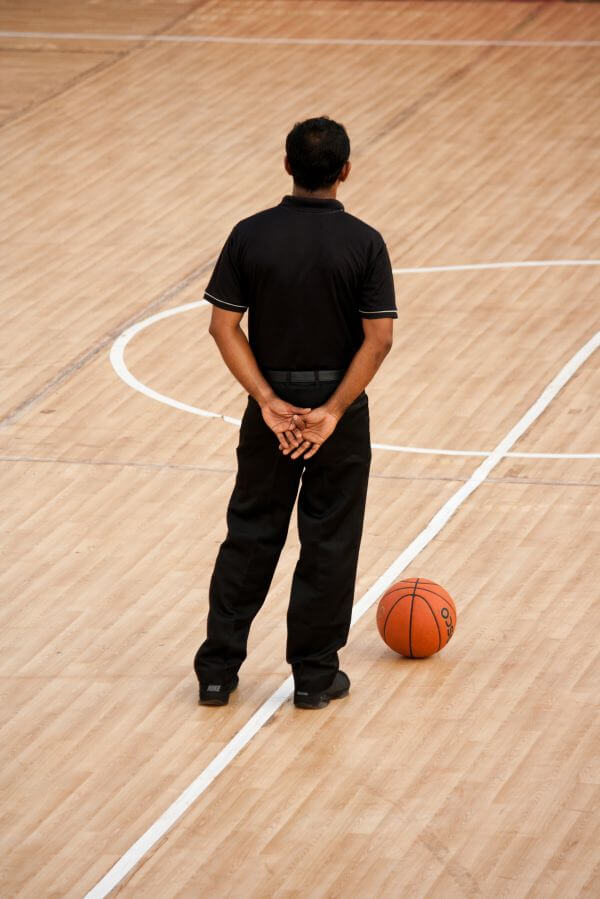
- One & one. If the team committing the foul has seven or more fouls in the game, then the player
who was fouled is awarded one free throw. If he makes his first shot, then he is awarded another free
throw.
- Ten or more fouls. If the team committing the foul has ten or more fouls, then the fouled player
receives two free throws.
Charging. An offensive foul that is committed when a player pushes or runs over a defensive
player. The ball is given to the team that the foul was committed upon.
Blocking. Blocking is illegal personal contact resulting from a defender not establishing
position in time to prevent an opponent's drive to the basket.
Flagrant foul. Violent contact with an opponent. This includes hitting, kicking, and punching.
This type of foul results in free throws plus the offense retaining possession of the ball after the free throws.
Intentional foul. When a player makes physical contact with another player with no reasonable effort to
steal the ball.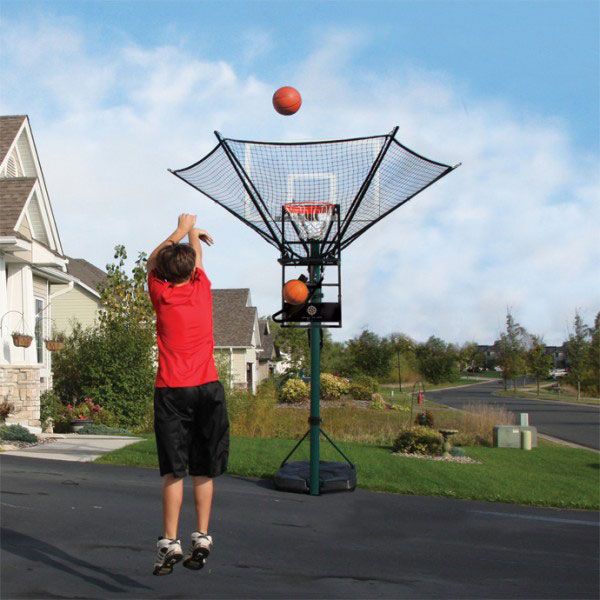 It is a judgment call for the officials.
It is a judgment call for the officials.
Technical foul. Technical foul. A player or a coach can commit this type of foul. It does not involve
player contact or the ball but is instead about the 'manners' of the game. Foul language, obscenity, obscene
gestures, and even arguing can be considered a technical foul, as can technical details regarding filling in the
scorebook improperly or dunking during warm-ups.
VIOLATIONS
Walking/Traveling. Taking more than 'a step and a half' without dribbling the ball is traveling.
Moving your pivot foot once you've stopped dribbling is traveling.
Carrying/palming. When a player dribbles the ball with his hand too far to the side of or, sometimes, even under the ball.
Double Dribble. Dribbling the ball with both hands on the ball at the same time or picking up the
dribble and then dribbling again is a double dribble.
Held ball. Occasionally, two or more opposing players will gain possession of the ball at the same time.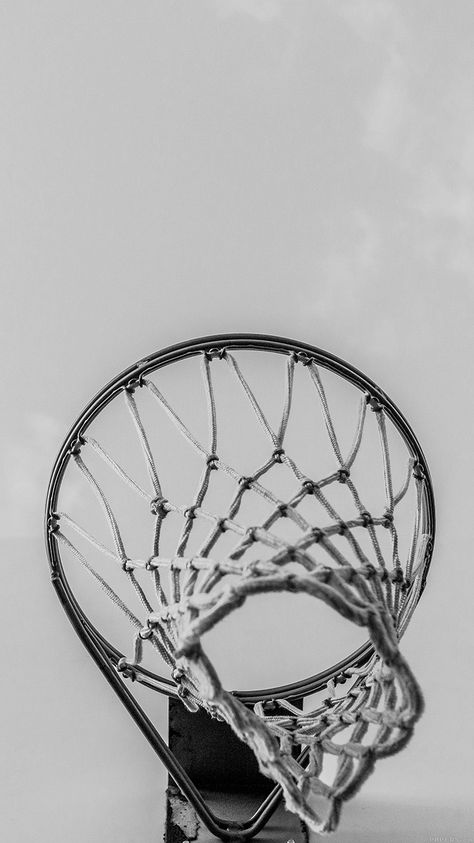 In order to avoid a prolonged and/or violent tussle, the referee stops the action and awards the ball to one
team or the other on a rotating basis.
In order to avoid a prolonged and/or violent tussle, the referee stops the action and awards the ball to one
team or the other on a rotating basis.
Goaltending. If a defensive player interferes with a shot while it's on the way down toward the basket,
while it's on the way up toward the basket after having touched the backboard, or while it's in the cylinder
above the rim, it's goaltending and the shot counts. If committed by an offensive player, it's a violation and the ball is awarded to the opposing team for a throw-in.
Backcourt violation. Once the offense has brought the ball across the mid-court line, they cannot go back
across the line during possession. If they do, the ball is awarded to the other team to pass inbounds.
Time restrictions. A player passing the ball inbounds has five seconds to pass the ball. If he does not,
then the ball is awarded to the other team. Other time restrictions include the rule that a player cannot have the
ball for more than five seconds when being closely guarded and, in some states and levels, shot-clock restrictions
requiring a team to attempt a shot within a given time frame.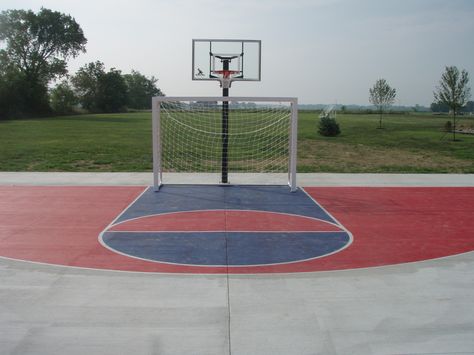
Player Positions
Center. Centers are generally your tallest players. They generally are positioned near the basket.
Offensive -- The center's goal is to get open for a pass and to shoot. They are also responsible for blocking
defenders, known as picking or screening, to open other players up for driving to the basket for a goal. Centers
are expected to get some offensive rebounds and put-backs.
Defensive -- On defense, the center's main responsibility is to keep opponents from shooting by blocking shots
and passes in the key area. They also are expected to get a lot of rebounds because they're taller.
Forward. Your next tallest players will most likely be your forwards. While a forward may be called
upon to play under the hoop, they may also be required to operate in the wings and corner areas.
Offensive -- Forwards are responsible to get free for a pass, take outside shots, drive for goals, and rebound.
Defensive -- Responsibilities include preventing drives to the goal and rebounding.
Guard. These are potentially your shortest players and they should be really good at dribbling fast, seeing
the court, and passing. It is their job to bring the ball down the court and set up offensive plays.
Offensive -- Dribbling, passing, and setting up offensive plays are a guard's main responsibilities. They also
need to be able to drive to the basket and to shoot from the perimeter.
Defensive -- On defense, a guard is responsible for stealing passes, contesting shots, preventing drives to the
hoop, and for boxing out.
Where Should New Coaches Start?
Now that you understand the fundamentals, the smartest plan you can follow from here is to help players develop those skills with structured drills and practices.
Our FREE 72 Winning Youth Drills and Plays resource is designed for coaches like you, to help in:
- Understanding the proper technique for the most important skills like shooting, passing and dribbling
- Teaching players these skills using easy-to-follow drills
- Giving players structure with simple plays designed for youth athletes
It even includes diagrams and step-by-step instructions so you can help your players develop AND have fun doing it.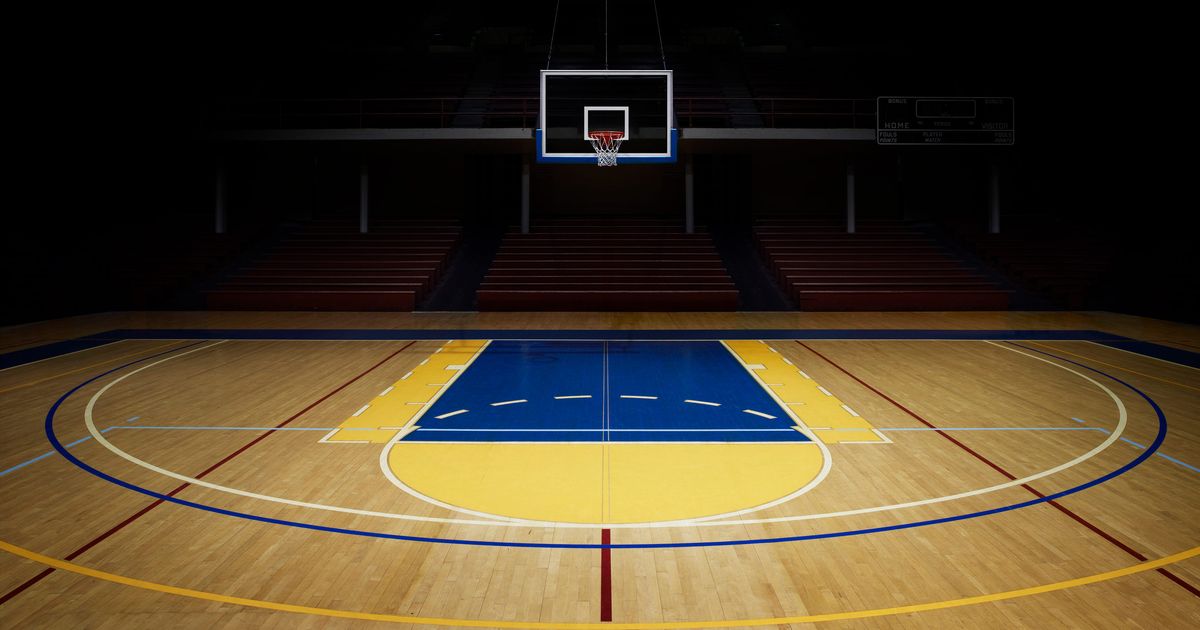 ..
..
Even if you have little or no basketball (or coaching) experience.
Click the link below, and well send you a copy right away (along with a Special "skill development" Bonus for your players).
Get My FREE Drills and Plays, plus a Special Bonus.
To your basketball success!
Jeff and Joe Haefner
P.S. Here are a few additional resources to help you master basketball fundamentals:
- Shooting
- Passing
- Dribbling
- Lay ups
- Jump stops
- Pivoting and footwork
- Jab steps
- Screening
- Cutting
- Defense
- Rebounding
These are all critical fundamentals to master because they'll make you and your team better, no matter what age level or situation you might be in.
Basketball Basics
Home>Sports>Basketball>Basketball Articles
PreviousNext
What are the basics of basketball? What are the most important things to know about basketball? Get ready to learn the basic rules of basketball.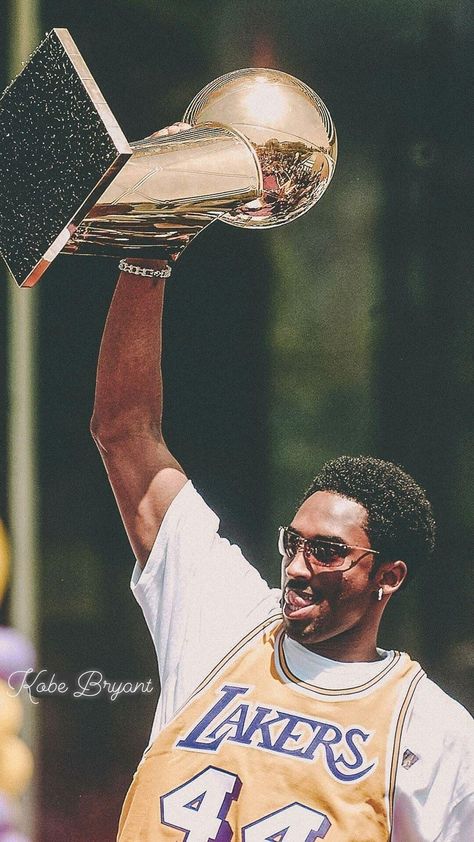
Table of Contents
- Basics of Basketball
- Most Important Things To Know About Basketball
- The Court
- Player Positions
- List of Basketball Basic Rules
- Basketball Basics Summary
- FAQ
Basics of Basketball
Basketball is a team sport where players work together to get the basketball through a hoop on offense and stop the opposing team from scoring on their hoop on defense. It is played with a round leather ball that has a circumference of 29.5 inches. Basketball games start with a jump ball at the mid-court line.
There are five players on the court for each team at once. The two teams each have a basket to attack and a basket to defend. Teams are awarded points when their players make shots. Players move the basketball by passing it to teammates or dribbling it off the ground.
The game ends when the clock runs out. A buzzer ends each quarter or half in basketball. Some competitions also include a shot clock, which limits the time a team can possess the ball without shooting it.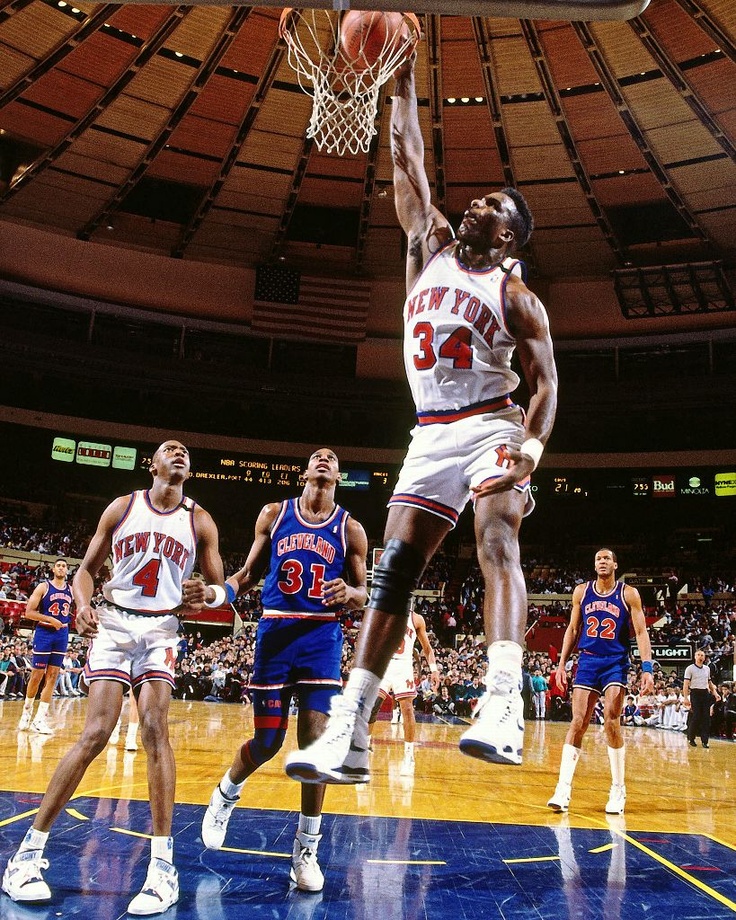
Most Important Things To Know About Basketball
In basketball, the team with the most points at the end of the game wins. Points are scored by making shots. There are three main shot types: free throws, two-pointers, and three-pointers. They are worth one, two, and three points each, respectively. Players try to get the rebound after missed shots. Rebounds are when players gather the ball after a missed shot and control possession.
There are two baskets on either side of the court, and a team is assigned one basket to attack and the other to defend. This means that teams will run back and forth across the court when possession changes. After a made shot, a player must inbound the ball by standing out of bounds under the basket and passing it to a teammate on the court.
The Court
The playing surface in basketball is known as the court. The dimensions of the court can vary at different levels of play. In the NBA, it measures 94 feet long by 50 feet wide; in most high school leagues, the court measures 74 feet long by 42 feet wide.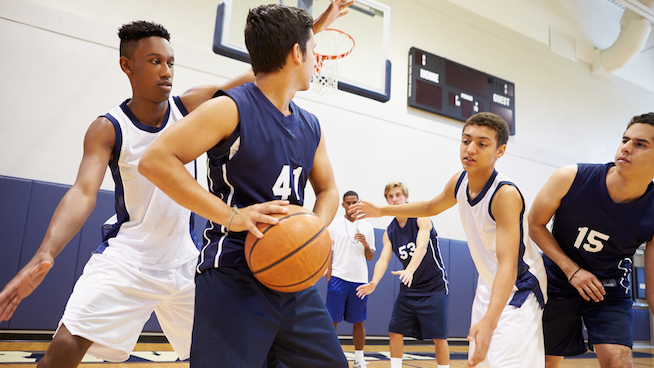 The court is surrounded by boundary lines. If a player steps on or over the perimeter of the court while holding the ball, they are considered out of bounds, and the referee will stop play. Other important parts of the court to know are the mid-court line, free throw lines, and three-point lines.
The court is surrounded by boundary lines. If a player steps on or over the perimeter of the court while holding the ball, they are considered out of bounds, and the referee will stop play. Other important parts of the court to know are the mid-court line, free throw lines, and three-point lines.
The mid-court line splits the court into two halves. There are a few rules related to the mid-court line, but it is most important to know that once your team crosses mid-court with the ball, the ball cannot go back behind the line unless the other team touches it.
The free throw line is where players go to shoot “free throws” after a shooting foul, technical foul, or during the bonus situation. The free throw line is located 15 feet away from the backboard on both sides of the court. During free throws, players take “free” shots where the opponent is not allowed to play defense. A made free throw is worth one point.
The three-point line is an arc located on both halves of the court.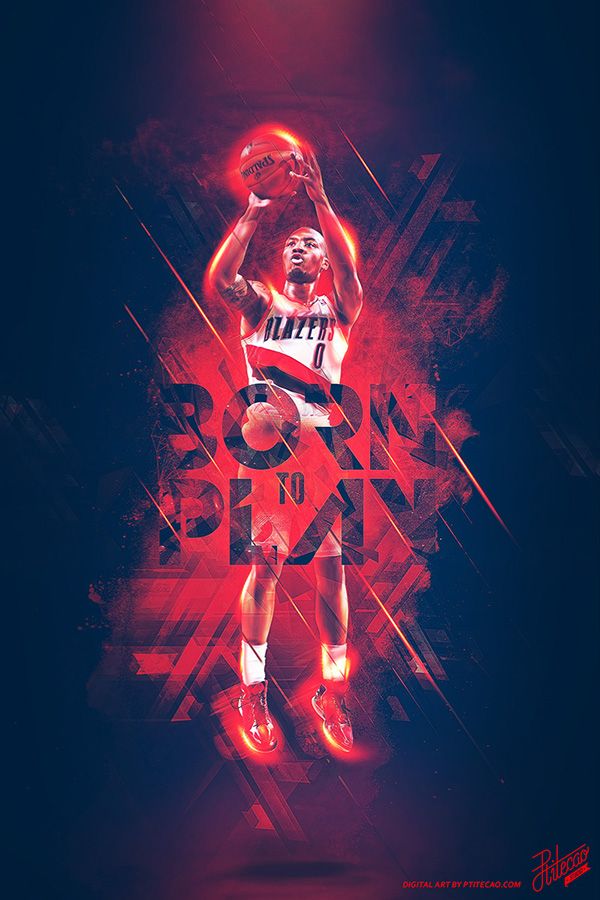 At its furthest point, the three-point line is 23 feet and 9 inches away from the hoop in the NBA, while in high school, it is usually 19 feet and 9 inches away from the hoop. If a player makes a shot while standing behind this line, it is worth three points. Any shots made from inside this line (except free throws) are worth only two points.
At its furthest point, the three-point line is 23 feet and 9 inches away from the hoop in the NBA, while in high school, it is usually 19 feet and 9 inches away from the hoop. If a player makes a shot while standing behind this line, it is worth three points. Any shots made from inside this line (except free throws) are worth only two points.
Player Positions
In basketball, there are five positions that players are assigned to on the court. These positions are the point guard, shooting guard, small forward, power forward, and center. Players are not always stuck at a specific position and may switch throughout the game.
- Point Guard: Usually the leader of the team, point guards have excellent passing and dribbling skills. They most often have the ball in their hands and run the offense.
- Shooting Guard: As the name suggests, shooting guards are generally the best shooter on the team. They must be proficient at dribbling to help the point guard.

- Small Forward: Possessing a diverse skill set and playing both on the inside and outside of the three-point line, small forwards must be able to guard both guards and forwards on defense.
- Power Forward: A strong, physical player that has a similar role to the center but is more capable of shooting from the outside.
- Center: Typically the tallest player on the court, centers are great at getting rebounds, blocking shots on defense, and shooting close to the basket.
List of Basketball Basic Rules
The most basic rules of basketball involve fouls, traveling, and inbound passes. They include:
- Fouls
- Jump Balls
- Traveling
- Double Dribble
- Inbound Passes
- Two-Pointers
- Three-Pointers
- Free Throws
Fouls are called by the referees when a player gets too physical with an opponent. Types of fouls include personal fouls, shooting fouls, technical fouls, and flagrant fouls.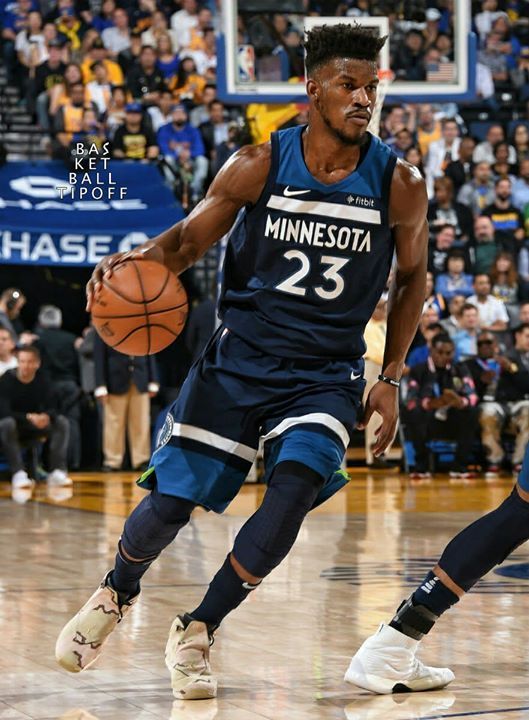 Fouls can result in a restart of play, free throws, or turnovers.
Fouls can result in a restart of play, free throws, or turnovers.
A jump ball is used to start the game to decide who gets possession. Two players stand at the center circle and attempt to tip the ball to their teammates after it is thrown into the air by a referee.
Players are not allowed to carry the ball without dribbling for more than two steps. They will be called for a traveling violation by the referee.
A player may not dribble the ball, stop dribbling, and then dribble again; this is known as a double dribble violation. After a player picks up their dribble, they must pass to a teammate or shoot the ball before they can dribble again.
All made shots are followed by an inbound pass for the team that just conceded the basket. Players must stand out of bounds and pass the ball to a teammate standing in bounds in five seconds or less.
If a player makes a basket within the boundary of the three-point line, they earn what is known as a field goal or a two-pointer. A successful shot that occurs when the shooter is outside of the three-point line is referred to as a three-pointer. In addition to these scoring methods, players can earn free throws if they are fouled by another player, and each free throw is worth a single point.
A successful shot that occurs when the shooter is outside of the three-point line is referred to as a three-pointer. In addition to these scoring methods, players can earn free throws if they are fouled by another player, and each free throw is worth a single point.
Basketball Basics Summary
Basketball is a five-a-side game in which players try to shoot the ball through a hoop to earn points. The team with the most points when the game clock hits 0:00 wins the game. Each team must play offense and defense. The goal of basketball is to score as many points as possible by successfully shooting the ball through the hoop.
Some basic rules of basketball at all levels include fouls, traveling, and inbound passes. Fouls prevent teams and players from being too aggressive, while traveling keeps the game challenging. Inbound passes are critical because they describe how the game restarts after a made shot.
FAQ
How does basketball work?
Basketball works by two teams of five attempting to score points by passing (shooting) the ball through the opposing team’s hoop. A team must score a point within a certain amount of time, dictated by the shot clock, otherwise, the ball is turned over to the opposing team. The clock stops for fouls, out-of-bounds, and timeouts. When the game clock has wound down to zero at the end of the final half or quarter of play, the team with the highest score wins.
A team must score a point within a certain amount of time, dictated by the shot clock, otherwise, the ball is turned over to the opposing team. The clock stops for fouls, out-of-bounds, and timeouts. When the game clock has wound down to zero at the end of the final half or quarter of play, the team with the highest score wins.
What is the best way to play basketball for beginners?
The best way to play basketball for beginners is to practice dribbling and shooting alone, either at home or a nearby park or gym. That way, they can gain confidence in their fundamentals before playing with others. It is important for beginners to make sure they have proper clothing and footwear, as well as sufficient fitness and training to compete on the court for an entire game. Other good skills for beginners to practice include jumping, passing, and ball handling, especially with their non-dominant hand.
Where can you play basketball?
Basketball is a sport that can be played in a variety of locations. Traditionally, basketball is played on basketball courts. These courts can be made of wood, cement, or synthetic materials and be either indoors or outdoors. Most towns and cities have local basketball courts where people can play for free, and many gyms and schools offer basketball courts to their teams or members. However, basketball can be played in different forms almost anywhere with space, so long as there is at least one basketball hoop, and many people have a basketball hoop at their homes to play the game.
Traditionally, basketball is played on basketball courts. These courts can be made of wood, cement, or synthetic materials and be either indoors or outdoors. Most towns and cities have local basketball courts where people can play for free, and many gyms and schools offer basketball courts to their teams or members. However, basketball can be played in different forms almost anywhere with space, so long as there is at least one basketball hoop, and many people have a basketball hoop at their homes to play the game.
PreviousNext
Pages Related to Basketball Basics
- What is Basketball?
- Basketball Summary
- How Much Do Basketball Tickets Cost?
- Basketball Articles
- How Does Basketball Betting Work?
- Basketball
PreviousNext
Rules of Basketball
How the rules have changed in your favorite game
How the rules have changed in your favorite game
WE ALL LOVE TO PLAY BASKETBALL, BUT DO YOU KNOW THE RULES EXACTLY?
Basketball was invented by James Naismith in 1891.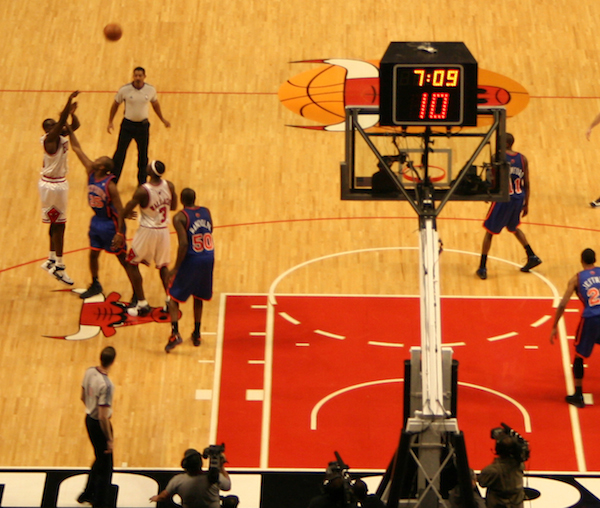 Then everything was different: playgrounds, baskets, balls…
Then everything was different: playgrounds, baskets, balls…
!!! Read about the evolution of balls in the article:
Basketball was invented by James Naismith in 1891. Then everything was different: playgrounds, baskets, balls…
!!! Read about the evolution of balls in the article:
The history of basketballs
The history of basketballs
What balls are played now and how it happened
The beginning
The rules have also changed a lot during this time. Initially, there were only 13 of them in basketball:
- The ball can be thrown in any direction with one or two hands.
- The ball may be hit with one or both hands in any direction, but never with the fist.
- The player cannot run with the ball. The player must throw the ball from the point at which he caught it, except for a player running at high speed.
- The ball must be held with the hands. You can not use the forearms and body to hold the ball.
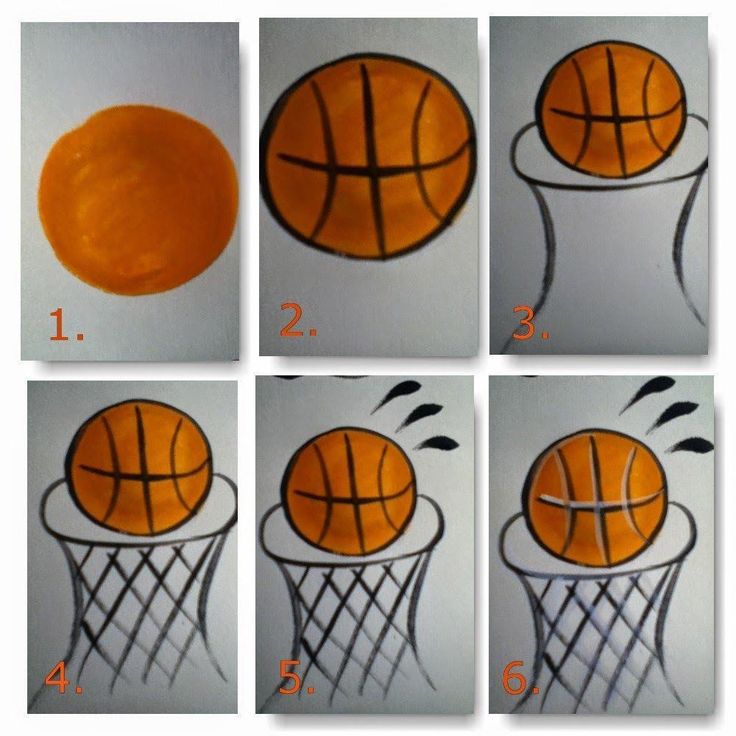
- In any case, hitting, grabbing, holding and pushing the opponent is not allowed. The first violation of this rule by any player shall be called a foul; the second foul disqualifies him until the next ball is scored, and if there was an obvious intention to injure the player, then a disqualification for the entire game. It is not allowed to replace a disqualified player.
- Punching the ball is a violation of points 2 and 4, the penalty is described in point 5.
- commit no foul).
- A point is scored if a ball thrown or bouncing off the floor hits the basket and stays there. Defending players are not allowed to touch the ball or basket while shooting. If the ball touches the edge and the opponents move the basket, then a point is scored.
- If the ball goes out of bounds, it must be dropped into the field by the first player to touch it. In the event of a dispute, the referee must throw the ball into the field. The thrower is allowed to hold the ball for five seconds.
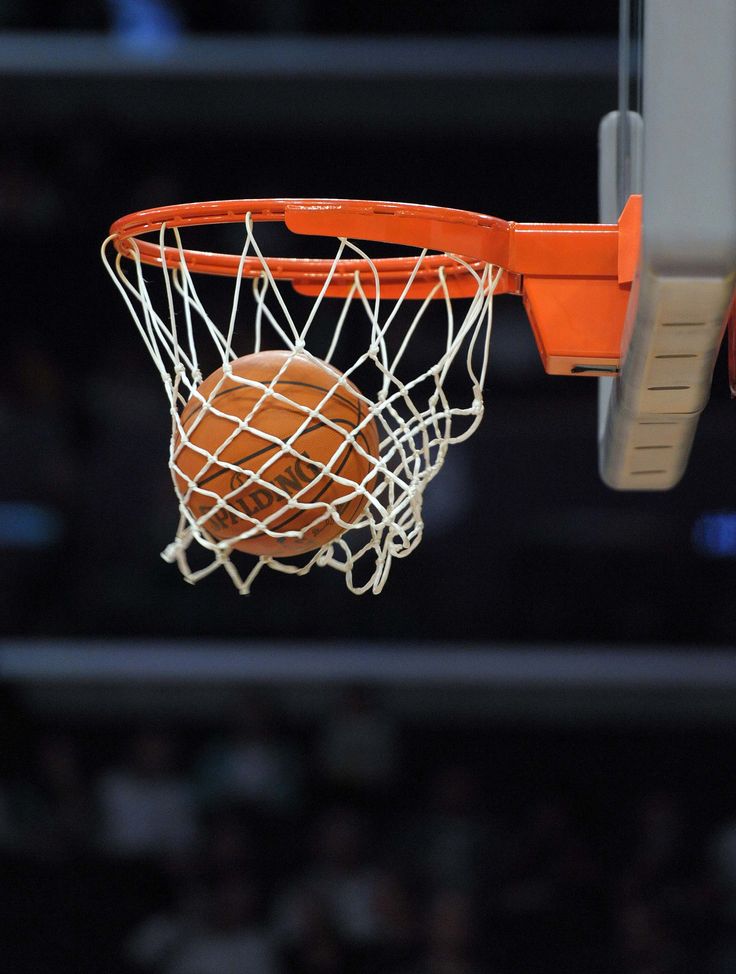 If he holds it longer, then the ball is given to the opponent. If either side tries to play for time, the referee must give them a foul.
If he holds it longer, then the ball is given to the opponent. If either side tries to play for time, the referee must give them a foul.
- The referee must monitor the actions of the players and fouls, and notify the referee of three consecutive fouls. He shall have the power to disqualify players under rule 5.
- The referee must watch the ball and determine when the ball is in play (inbounds) and when it goes out of bounds (out of bounds), which side should be in possession of the ball, and any other action that the referee would normally take .
- The game consists of two halves of 15 minutes each with a break of 5 minutes between them.
- The side with the most goals during this time period is the winner.
The most important rule change in the history of basketball is the introduction of dribbling. In the original version of the game, this was prohibited by paragraph 3 of the rules.
One of the first changes in the game and the rules was the replacement of the basket with a ring with a net. It seemed to be very inconvenient to climb after the ball every time after a hit. Around the same time, free throws, dribbling appeared, and the composition of the teams was fixed for 5 players on the court at the same time. Before that, in some matches, up to 50 people could be on the court at the same time. All this happened back in 1896-1897.
It seemed to be very inconvenient to climb after the ball every time after a hit. Around the same time, free throws, dribbling appeared, and the composition of the teams was fixed for 5 players on the court at the same time. Before that, in some matches, up to 50 people could be on the court at the same time. All this happened back in 1896-1897.
The emergence of FIBA (International Basketball Federation)
Basketball in the early 20th century became more popular and the rules in each country could be different. This was one of the reasons why FIBA appeared in 1932 year. At the first FIBA Congress, the teams were approved (5 people and 2 substitutes), and it was decided that after each goal there would be a throw-in in the center. This rule was removed after 4 years to reduce the advantage of tall players.
Over the next few years, the main changes were related to the number of personal fouls, the number of players on the bench and the introduction of a time limit for getting the ball into the opponent's half of the court.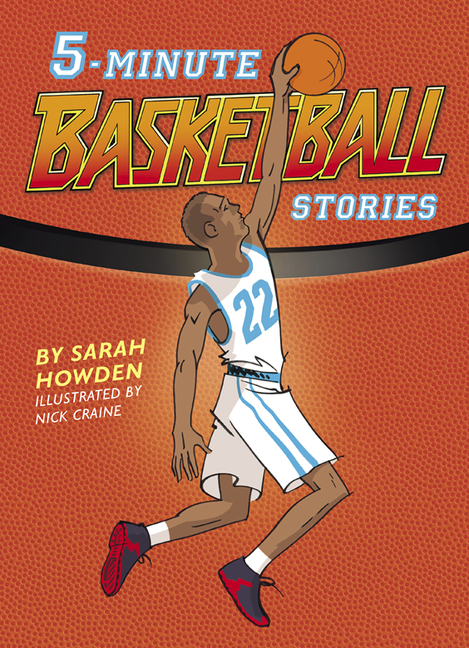
More changes came in 1952 after the Olympic Games. The game became very boring, because the teams held the ball, having received a minimal lead in the score. Everyone understood this and searched for solutions for several years in order to save the life of basketball. At 1954 Danny Biason proposed to the NBA to limit the time for the shot to 24 seconds. At the 1956 Olympics, there was a similar rule: it was necessary to make a throw in 30 seconds. At the same time, to add equality between defense and attack, another rule familiar to us appeared: you need to start dribbling the ball before the supporting leg comes off.
Then the game became similar to the modern one from a technical point of view: dribbling, shots, a three-second zone appeared. In 1979, the NBA added a three-point line, and in 19In 1984, FIBA also added an arc.
!!! An article about the evolution of the three-point shot and interesting facts:
10 interesting facts about the three-point shot.
10 interesting facts about the three-point shot.
Three-pointer evolution and insane records.
Changes in the rules and basketball since 1956 have included the number of free kicks, the situations in which these free kicks are given, and individual and team penalties. Some rules were introduced, and a few years later they were canceled. For example, the "3 for 2" rule: if a player was fouled in the shooting phase, then if one of the first two shots was missed, he could make another free throw. This rule was later removed.
Since the 1990s there have been constant changes: the emergence of alley-oops, changes in the timing and rewriting of the rules of running, which continue to this day.
From the most interesting: if the team has 0.3 seconds or less to throw the ball from behind, then it must be a one-touch throw. It takes at least 0.4 seconds to perform a full throw.
Derrick Fisher made similar throws:
And here is a small selection of videos of how they throw in 0.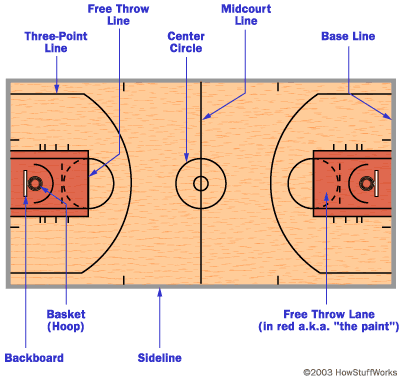 2 seconds:
2 seconds:
Do you want to take your first steps in basketball or improve your basic skills? We have a Basic Basketball Skills workout for you. See the schedule and sign up:
SIGN UP
Coach: Yuriy Bespalov
- Professional player of the INANOMO 3x3 team;
- Champion of Russia 3x3 2019, 2021;
- Winner and medalist of the MOFB championship;
- MLBL Summer League MVP 2017;
- Multiple participant of Moscow Open;
- Champion of Moscow 3x3 2017;
- MVP GrunisCup 2017.
IF YOU LIKE THIS ARTICLE, DON'T FORGET TO SHARE IT WITH YOUR FRIENDS.
MORE ARTICLES FROM
BLOG
We write useful articles about basketball training, basketball shoes and everything related to this beautiful game.
Basketball in Moscow in winter
Free throw in basketball: technique and secrets of execution
Passes in basketball: basic types and technique of execution
Basketball terms everyone should know
How to increase the jump? 5 Tips
9 Definitions Every Basketball Player Should Know
#THIS YOUR GROUND
Social Media:
Slamdunk Journal :: Basketball Moves
Our phone number is 8-800-500-62-63.

What techniques exist and how they differ
Let's first deal with the definition: playing techniques are skills that a professional player must possess. Sounds simple, but what exactly are the skills in basketball? What should an amateur who wants to improve the performance of his game pay attention to? Let's figure it out.
The main goal in basketball is to successfully hit the ball into the basket, and everything that happens on the court only leads the players to this moment. There are skills that basketball players work out in training to bypass rivals and make a successful shot.
Before we list them, let us remind you that basketball is a team sport, and even the most successful players do not master all the tricks perfectly. With a serious approach to training, you should decide on your position on the site and especially carefully work out the necessary techniques.
So the post must deftly pick up the ball under the basket and throw it right into the basket.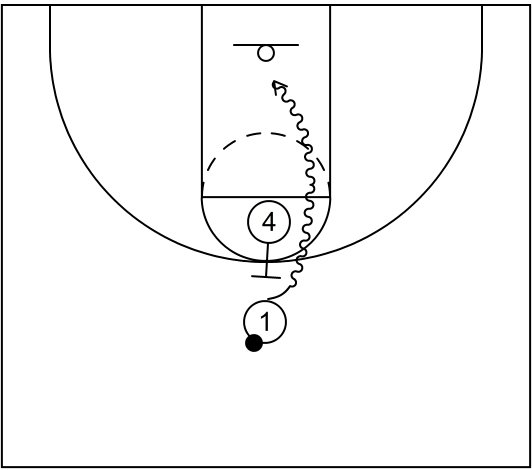 Back row players are highly regarded for their ability to pass and make accurate shots from medium to long distances. And for an attacking basketball player, it is extremely important to be able to make lightning-fast breakthroughs to the ring. All these techniques and skills are practiced in training.
Back row players are highly regarded for their ability to pass and make accurate shots from medium to long distances. And for an attacking basketball player, it is extremely important to be able to make lightning-fast breakthroughs to the ring. All these techniques and skills are practiced in training.
What are the basic skills?
- Holding the throw. Performed with two hands. Widely spaced fingers hold the ball from both sides. One of the basic skills for any player.
- Catching the ball. Another basic skill that no basketball player can do without. But are you sure you know how to do it right?!
The easiest way to catch the ball is at chin level. To do this, you need to take a small step forward and stretch your arms towards the ball with widely spread fingers - a “funnel”. In this case, the thumbs should be directed towards each other and brought together up to 3-5 centimeters. This will save you from slipping and hitting the ball in the face if you catch it at high speed.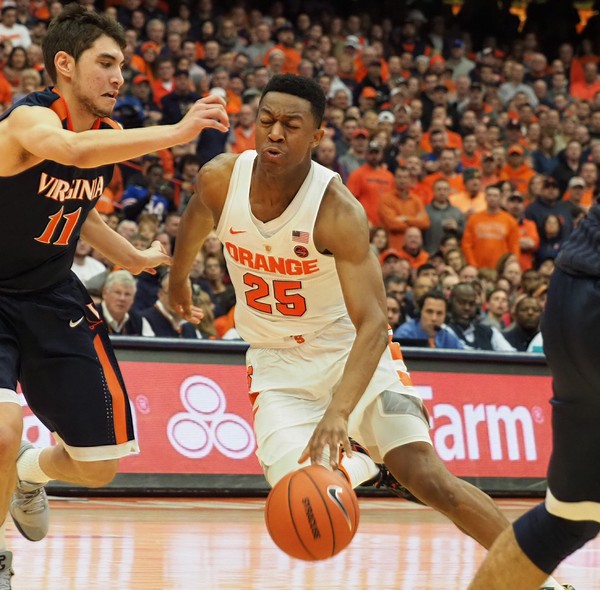 At the moment the ball touches the fingers, you need to make a shock-absorbing movement and transfer it to the chest. When catching the ball above the head, the actions are similar, but you need to extinguish the speed of its flight from the top-front, and then transfer it to the chest in an arc.
At the moment the ball touches the fingers, you need to make a shock-absorbing movement and transfer it to the chest. When catching the ball above the head, the actions are similar, but you need to extinguish the speed of its flight from the top-front, and then transfer it to the chest in an arc.
One of the most difficult tricks is catching the ball flying behind. Such a pass is often used to quickly break through to the opponent's ring. For him, without slowing down, make a slight turn of the shoulder and head towards the ball, and then catch it with the far hand and move it to the chest with a raking movement.
Basic passing techniques:
There are several technically correct ways to pass the ball. One of the most basic is a transfer with two hands from the chest. In this position, the ball is most protected from the attacks of opponents, and besides, the transfer from the chest is the most accurate and reliable, regardless of whether it is carried out on the spot or while the player is moving.
- Two-handed transmission from below is more often used after stops and turns. During the swing, the ball is taken to the thigh, after which it is sent to another player with a sharp movement of both hands. Such a transfer is effective for beating especially tall opponents.
- One-handed passes are less accurate and more often used when speed is important. Their development should be given special attention in training in order to achieve maximum strength and accuracy.
- The shoulder pass is used when the ball needs to be passed as far and as fast as possible, and the hook pass, performed in an arcing motion, is good for passing the opponent.
- To get around a nimble and agile opponent, a rebound pass will also be good. It can be done with one or two hands. In this case, the push of the ball must be strong, and the rebound point must be closer to the receiving player.
What about dribbling?
Dribbling is the most basic thing in basketball.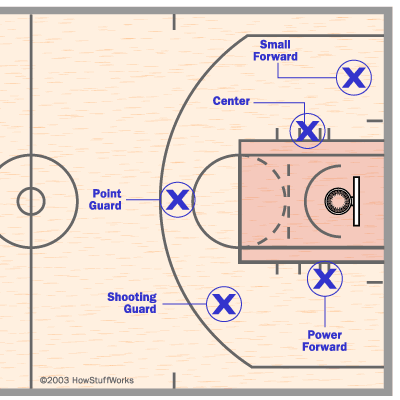 What makes this sport different from the rest. Simply put, dribbling is dribbling. It allows the player in possession of the ball, without violating strict basketball rules, to enter a position convenient for attacking, approach the ring and score the ball. The dribbling is carried out by elastic pushes of the ball with the fingers. It is dribbling that should be given special attention in training beginners.
What makes this sport different from the rest. Simply put, dribbling is dribbling. It allows the player in possession of the ball, without violating strict basketball rules, to enter a position convenient for attacking, approach the ring and score the ball. The dribbling is carried out by elastic pushes of the ball with the fingers. It is dribbling that should be given special attention in training beginners.
Well-developed dribbling technique will teach you not only how to move on the court, but also skillfully take the ball away from your opponents, which will bring you closer to the coveted ring.
But we already wrote about how to properly throw the ball into the ring in our other article;)
Slamdunk.su
Other articles
How to throw the ball correctly in basketball
And what types of throws exist
We look and understand
Why 'The Last Dance' is one of the best shows of the year
Knee exercises
How to strengthen get rid of pain.